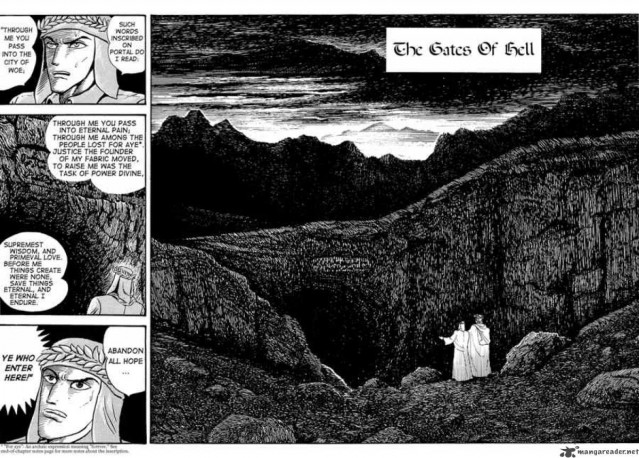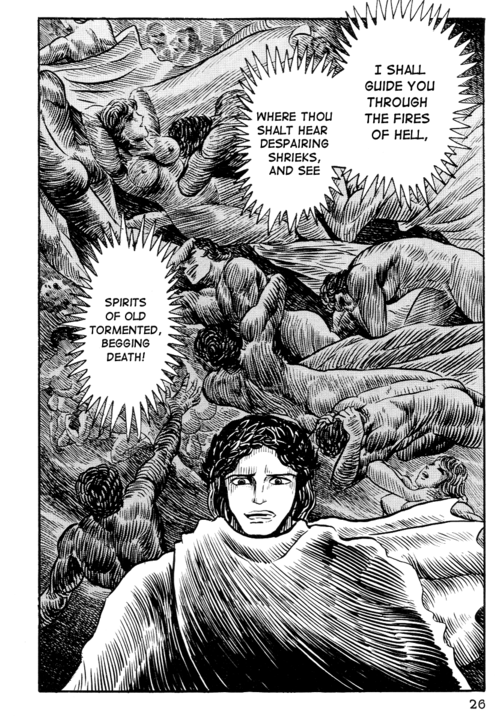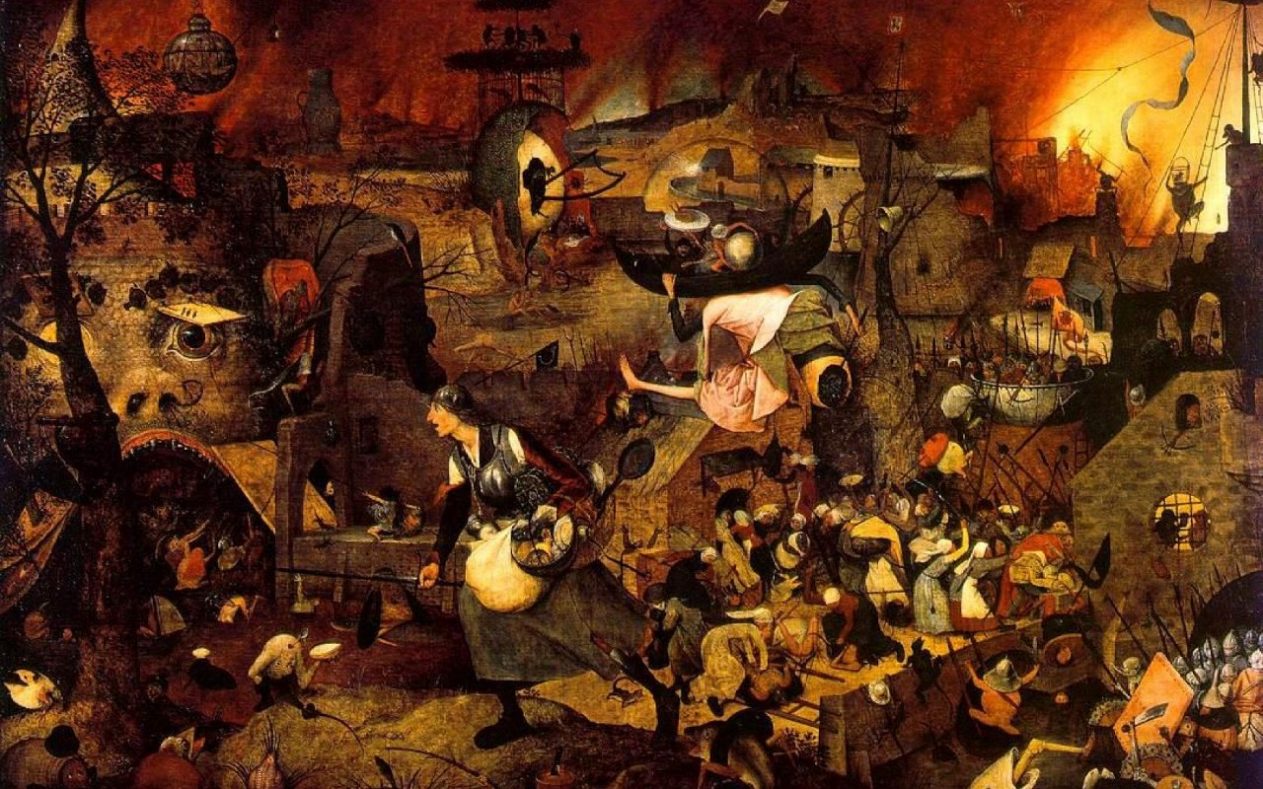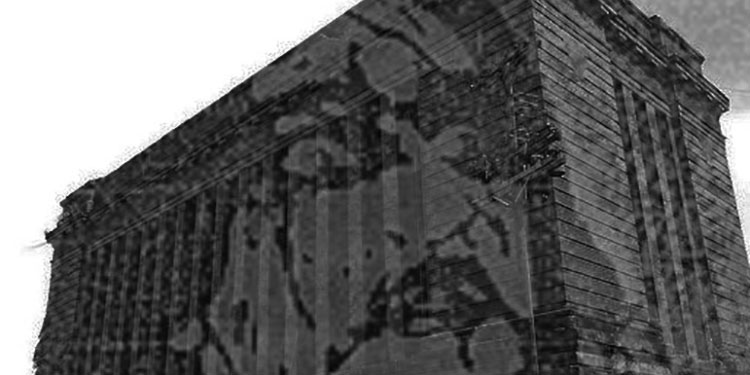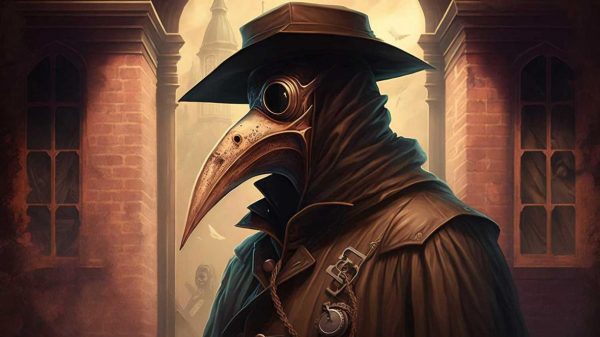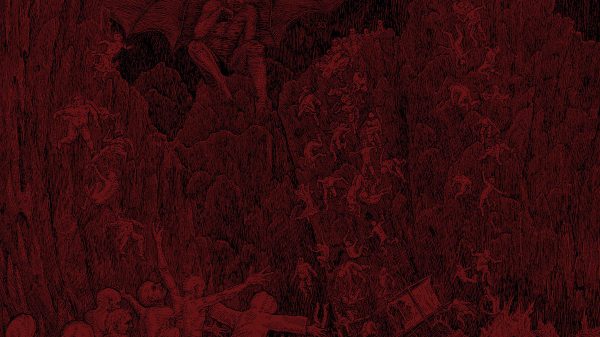A few months back, I traveled to Praha in Czech Republic, and during my time there I visited the Gallery of Art Prague where they were exhibiting – amongst others – the paintings and drawings of Salvador Dali. He is one of my favourite artists, so I was glad to have a chance to view some of his art that maybe I didn’t know yet, like his interpretations of Rabelais’s Gargantua and, the subject of the day, his view on Dante Alighieri‘s Divina Commedia. I loved it, and it made me want to look for the different artistic views on Dante’s work, and specifically the Inferno (not that Purgatorio and Paradiso are uninteresting, but artists tend to be more drawn to Hell than Paradise, except for Moebius).
Written between 1307 and 1321, the Divina Commedia or Divine Comedy is one of the most famous pieces of literature in human history, and as its religious/esoteric theme is extremely deep and universal, it’s not surprising that a lot of painters, designers, engravers or sculptors tried to make this story their own by giving it a personal visual style. The Inferno depicts the descent of Dante and Virgil into the nine circles of Hell, where they encounter many demons and human sinners on their way to Beatrice, Dante’s lost love.
Keep in mind this is not an exhaustive list.
First let’s get some famous ones out of the way, most of which you surely have seen before. Needless to say, great artists throughout the ages have had their chances to illustrate the Inferno, like the poet William Blake (1757-1827), engraver Gustave Doré (1832-1883) or painter William Bouguereau (1825-1905). French sculptor Auguste Rodin (1840-1917) also made the Inferno his own with his masterpiece La Porte de l’Enfer (The Door of Hell), a massive sculpture representing parts of the Divina Commedia, and from which his most known work, Le Penseur (The Thinker), is extracted.
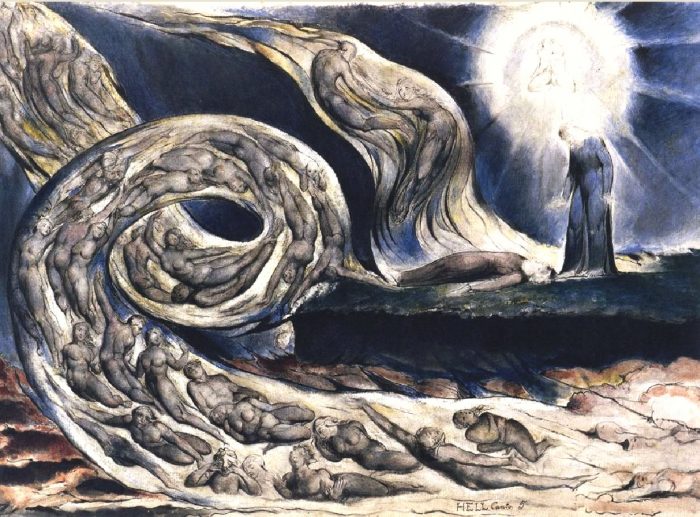
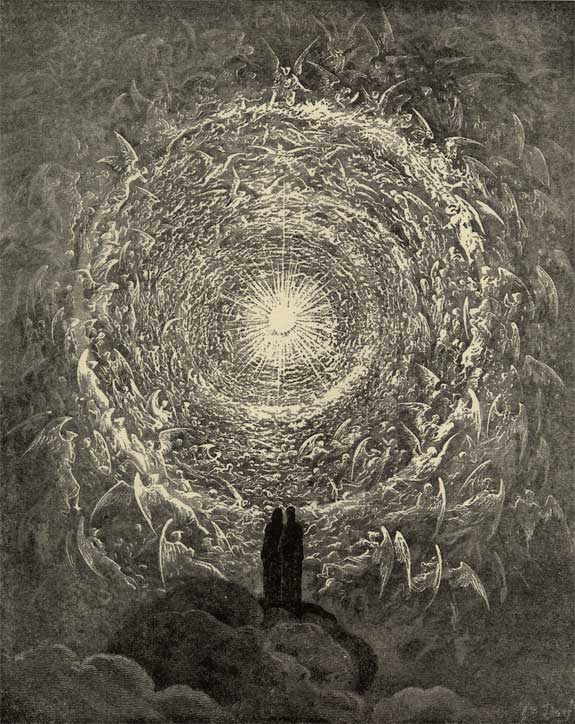
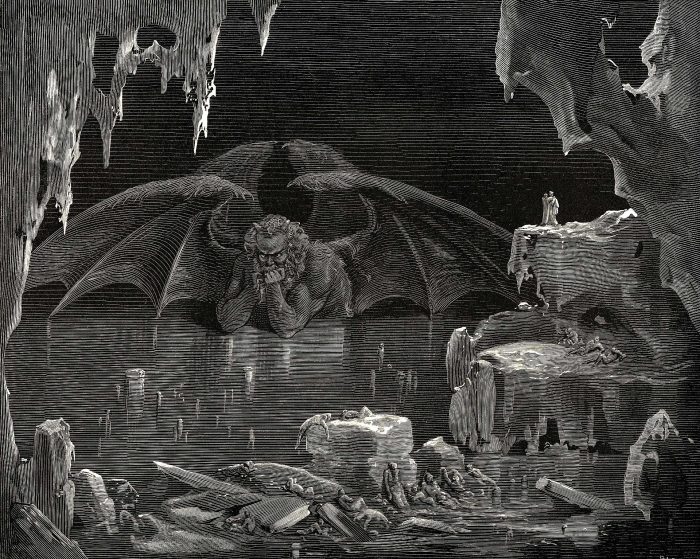
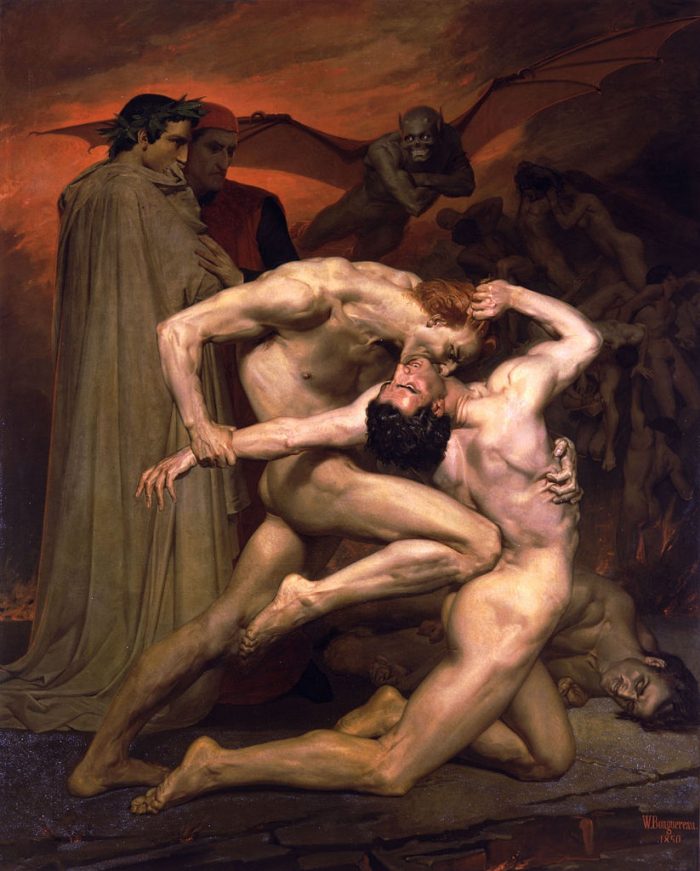
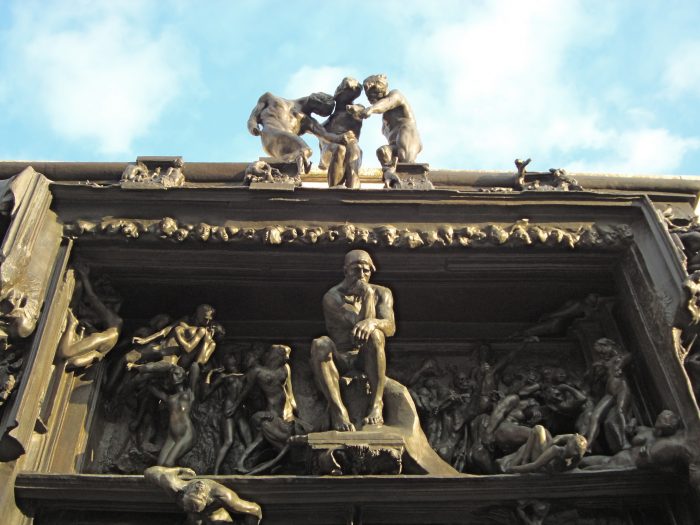
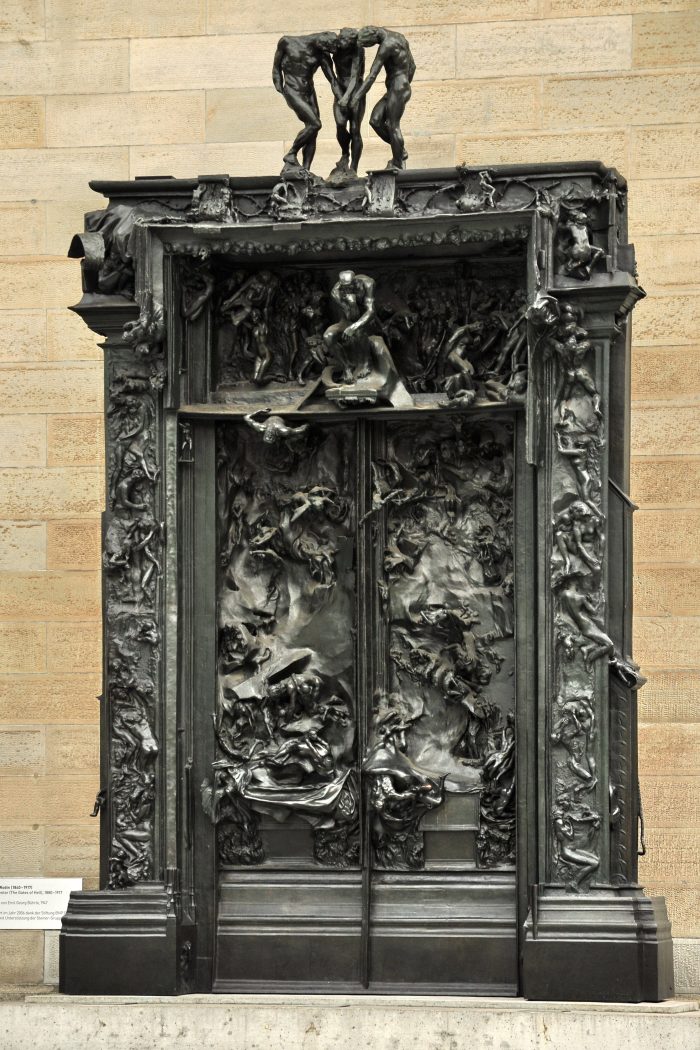
Naturally, Renaissance artists also had their fair share of paintings, the movement being relatively close to the publication of Dante’s work. Sandro Botticelli (1445-1510) would be the first that comes to mind.
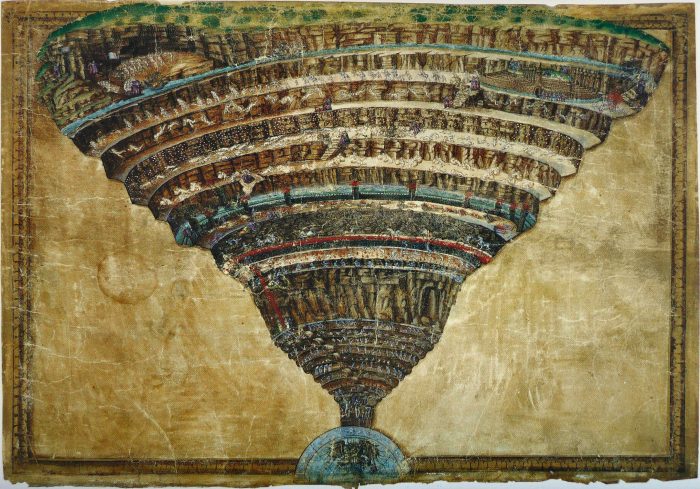
Giovanni Stradano (1523-1605) also gave it a go.
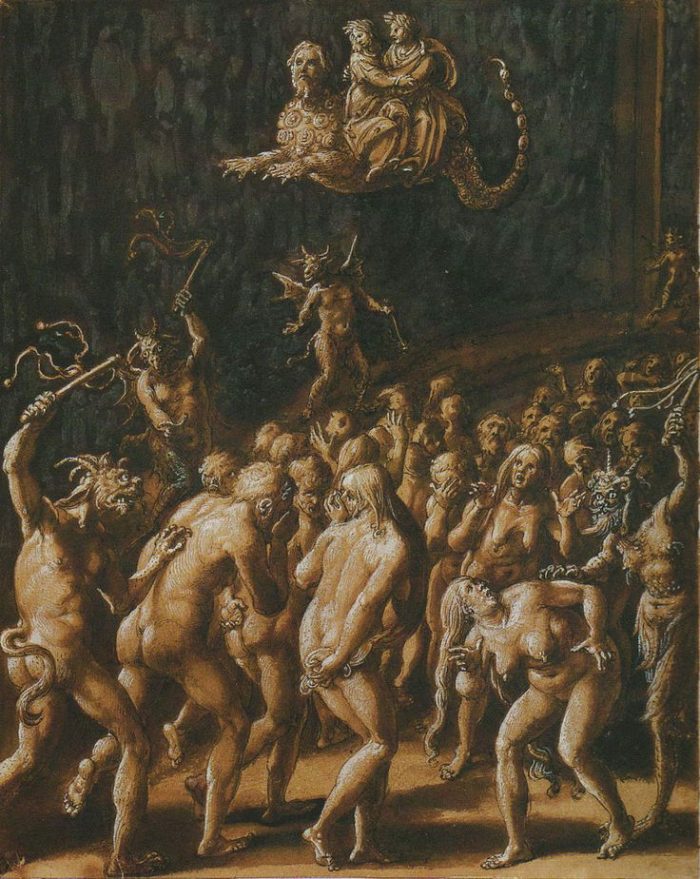
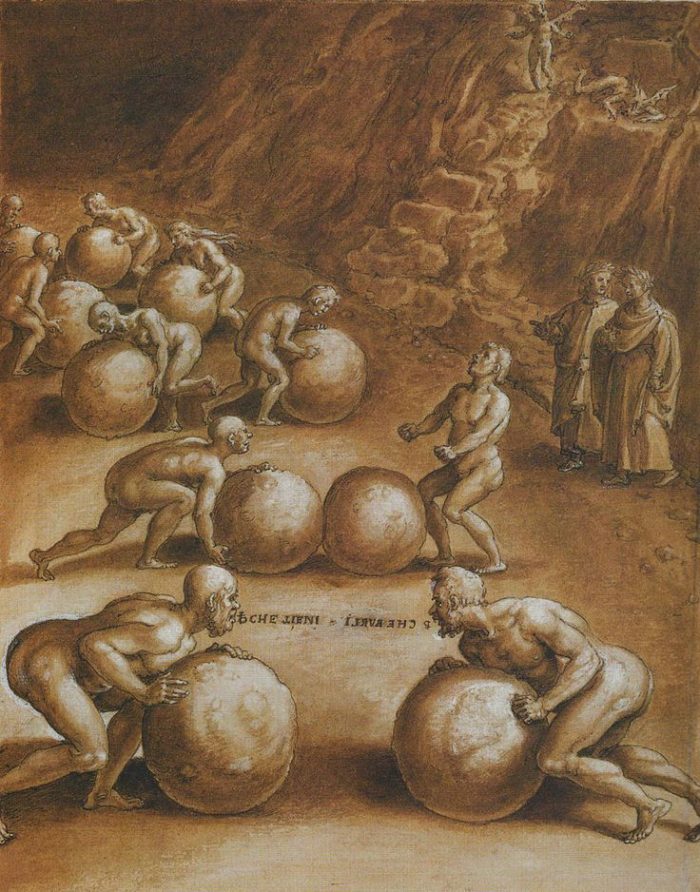
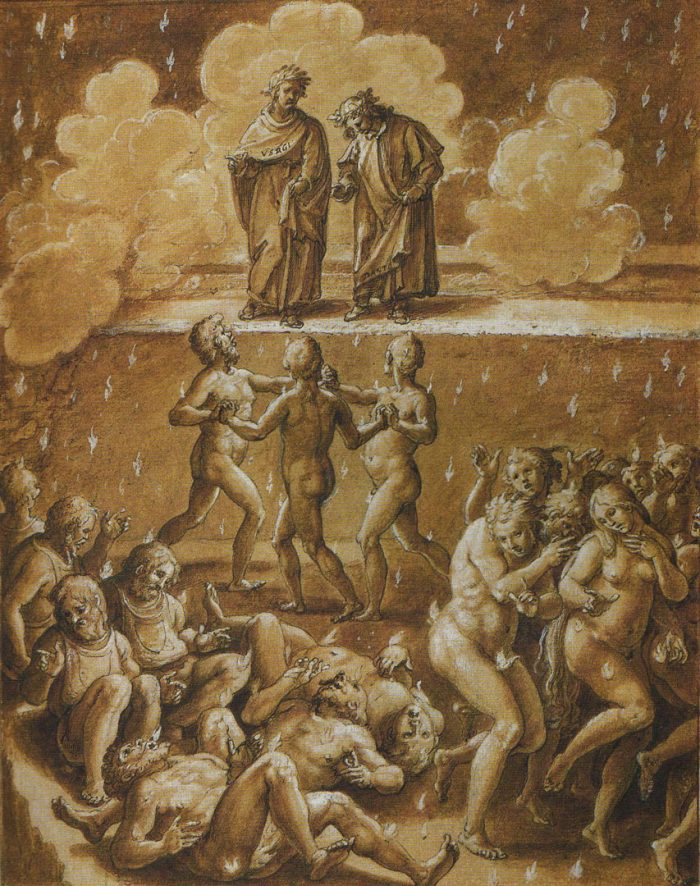


And the architect Antonio Manetti (1423-1497) was supposedly working on a blueprint of the nine circles.
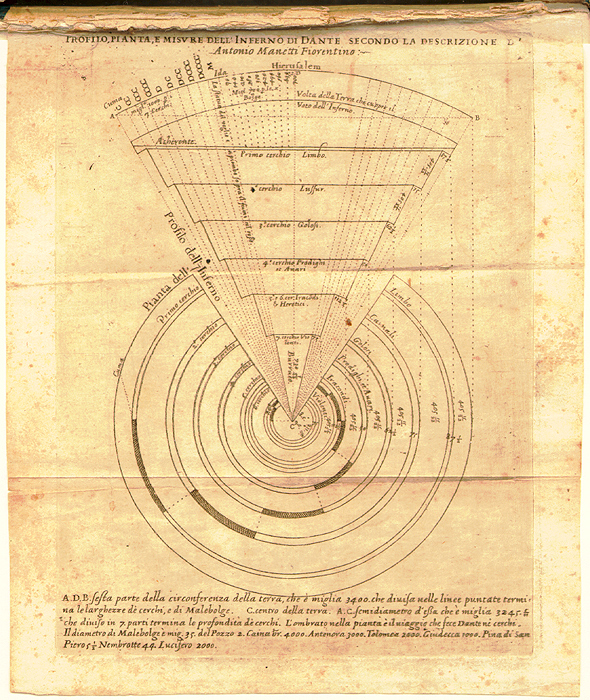
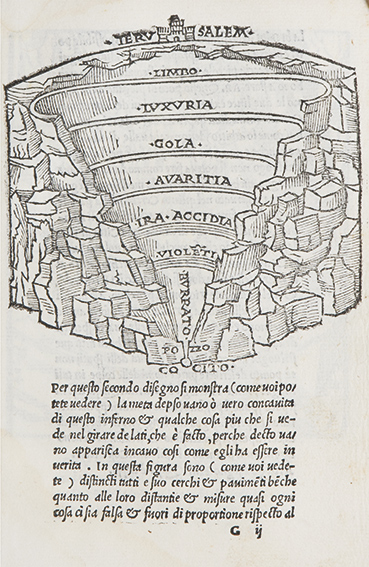
Some other artists had more personal interpretations with a more unique style, like the Austrian painter Franz Von Bayros (1886-1924) or the surrealist artist Alberto Martini (1876-1954).
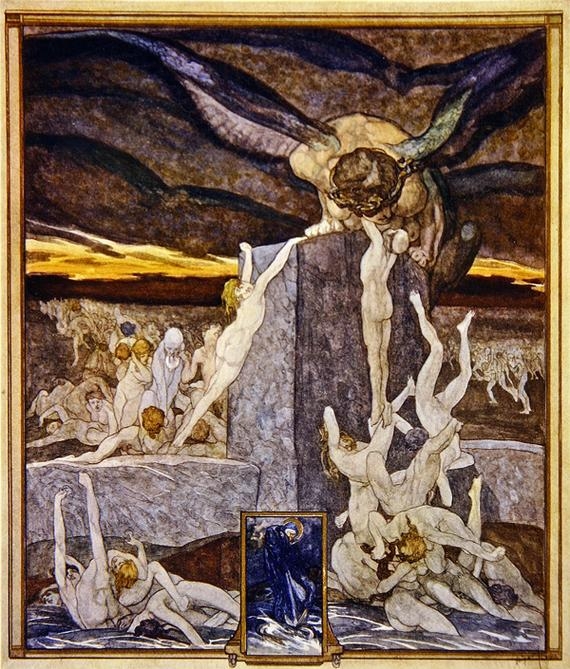
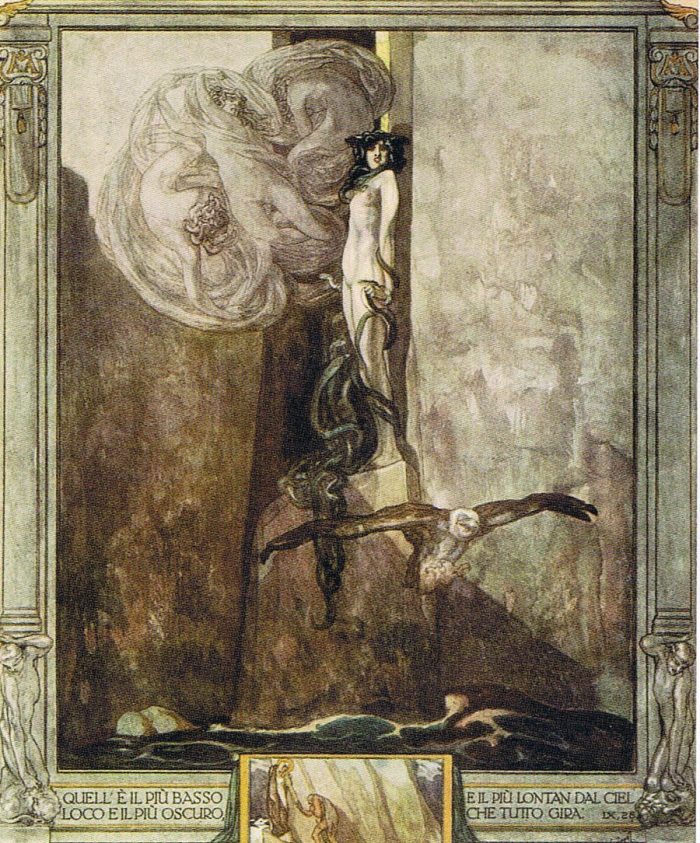
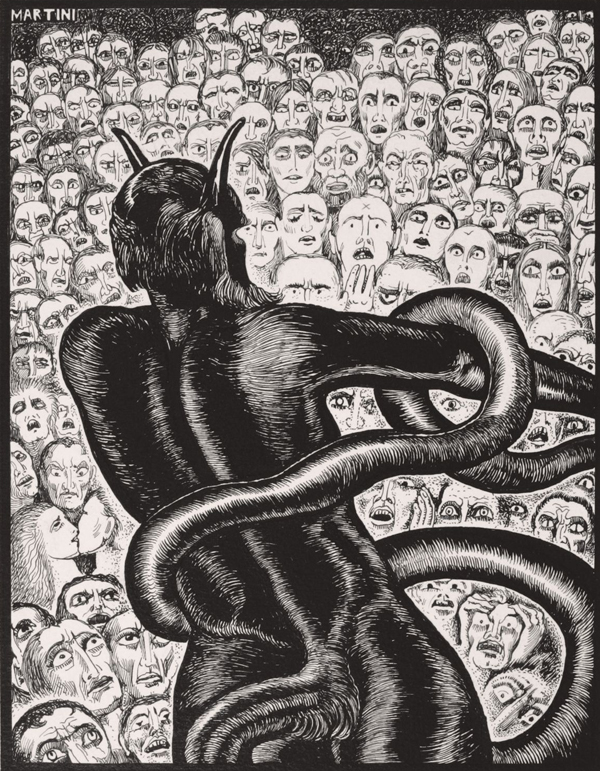
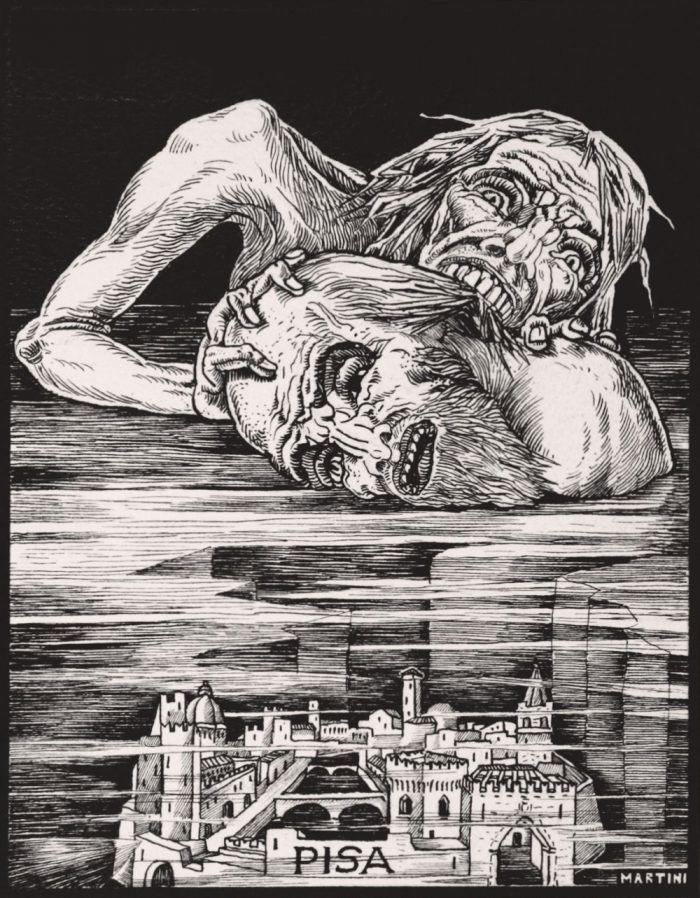
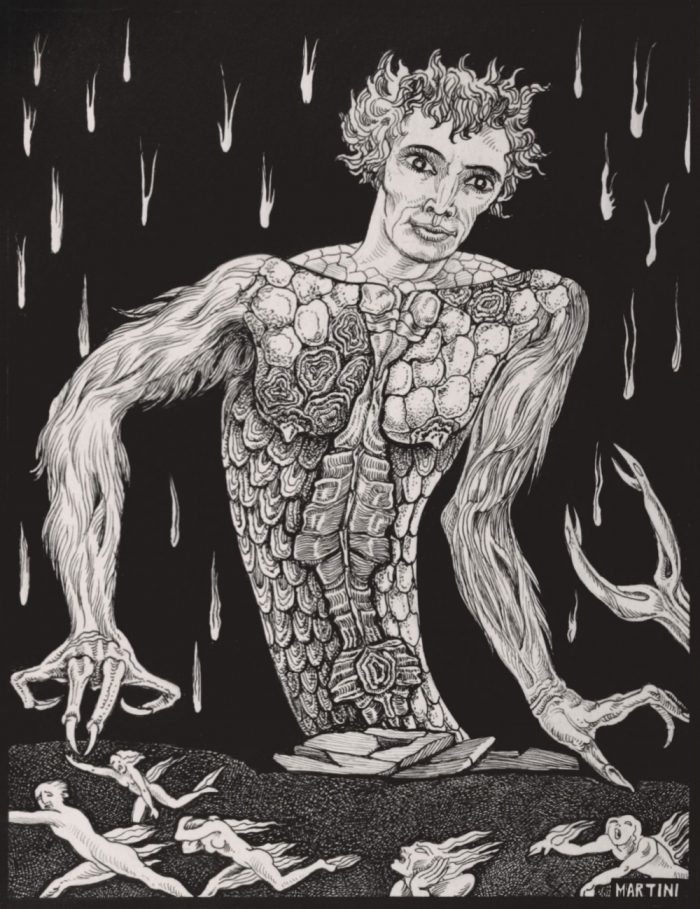
Despite the subject being almost overused by many painters and designers, artists of the “modern era” still found a way to reinterpret the timeless classic. Let’s start with Salvador Dali (1904-1989) and some of the drawings I saw in Prague.
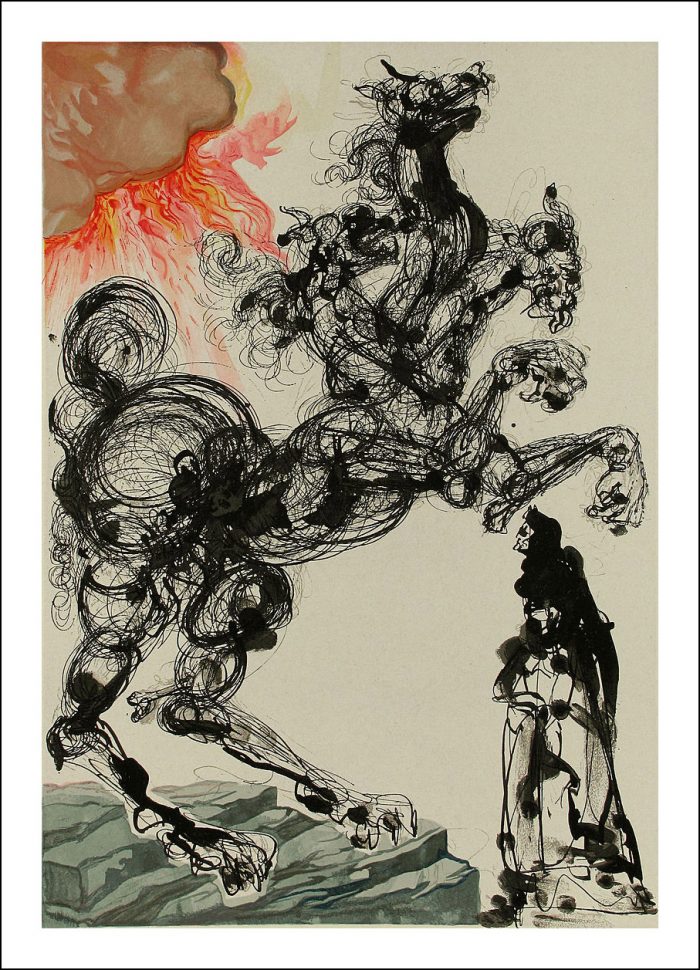
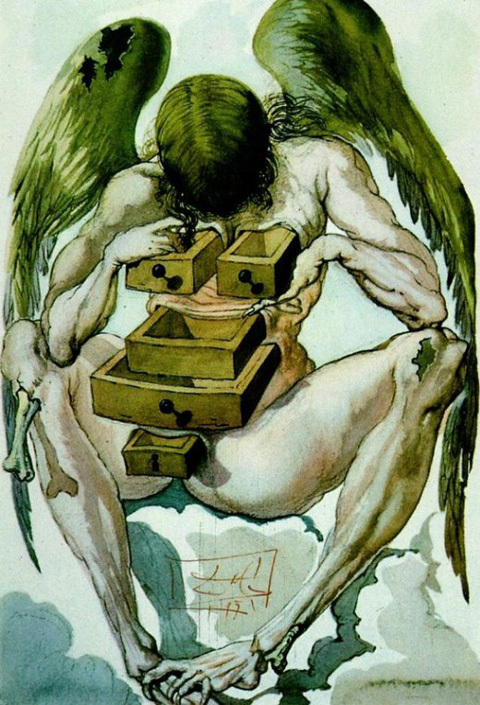
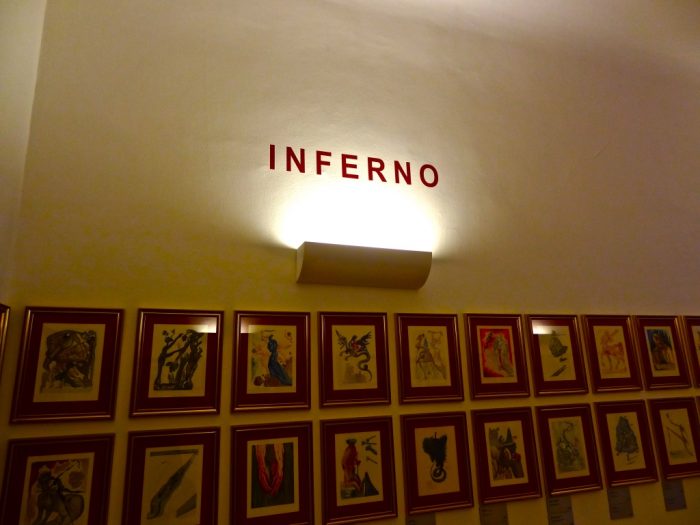
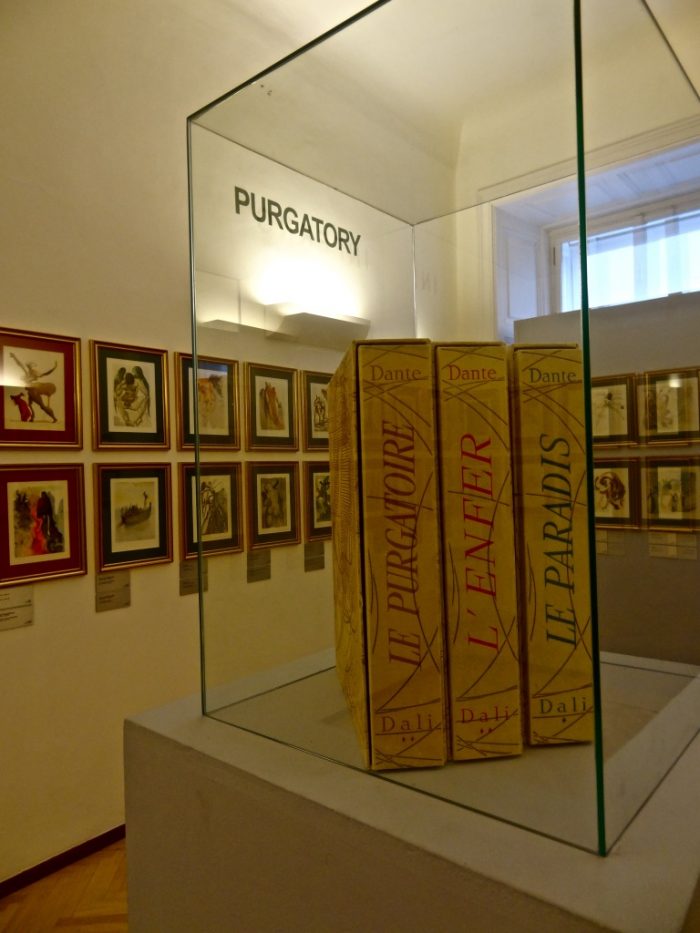
Marc Burckhardt recently offered a colorful picture of hell with interesting demon faces and a less grim tone overall.
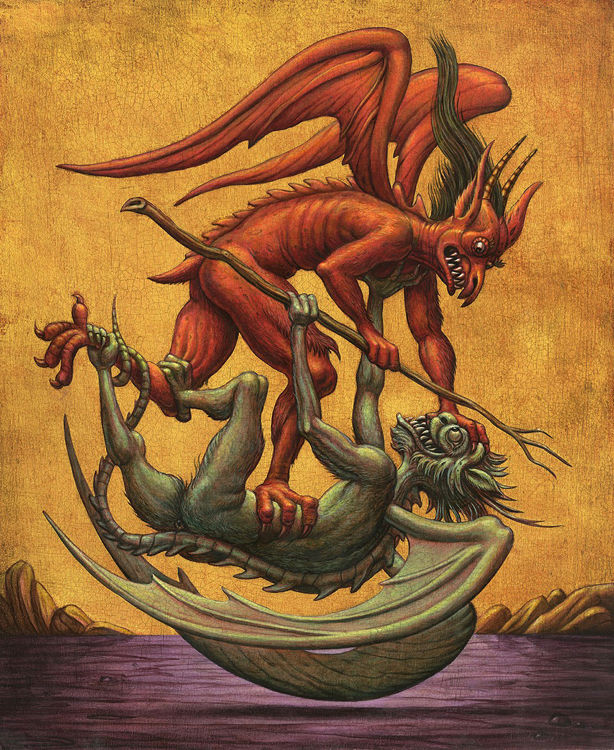
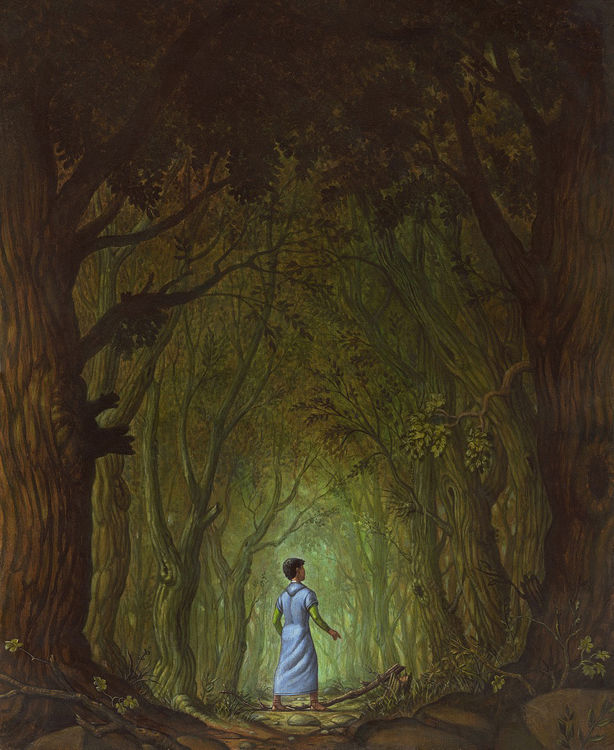
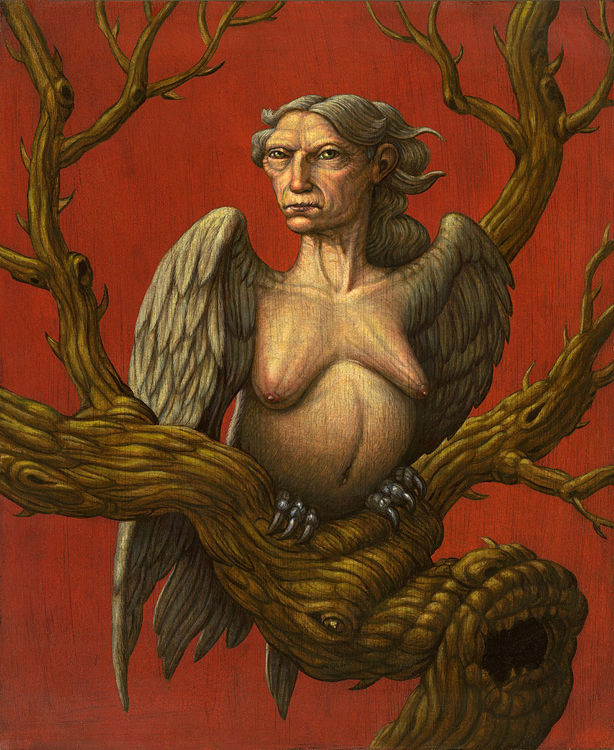
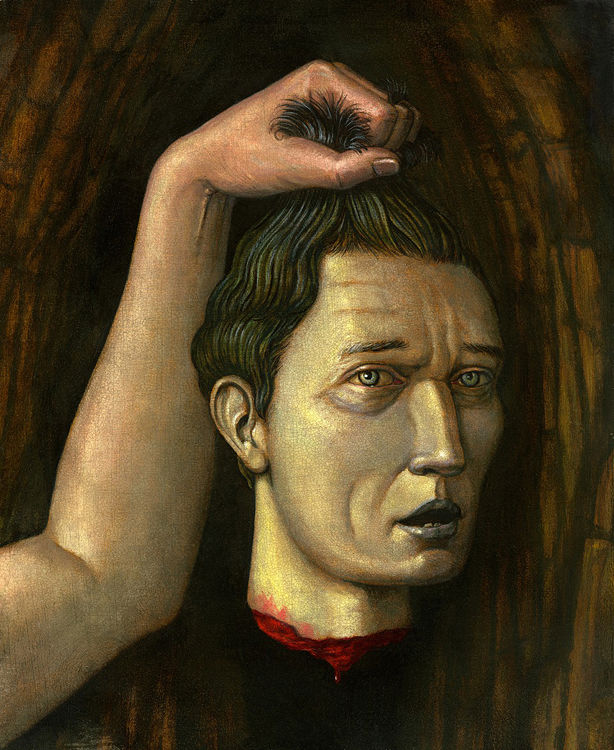
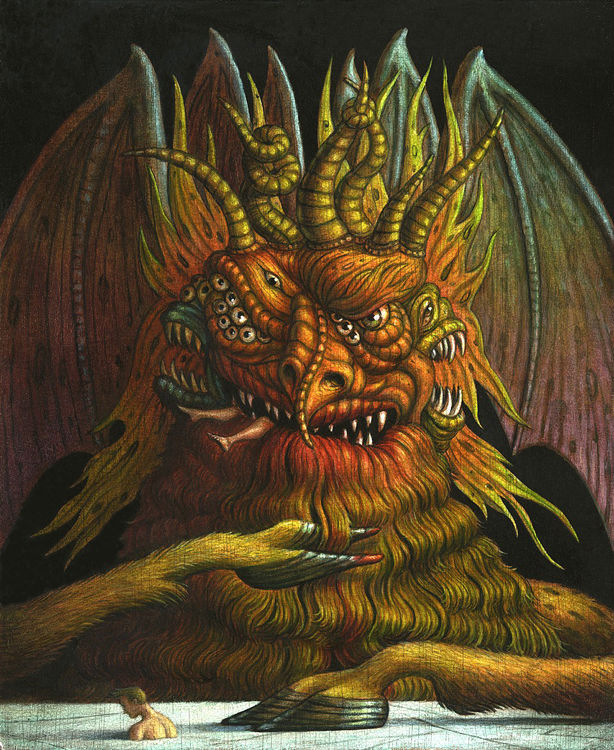
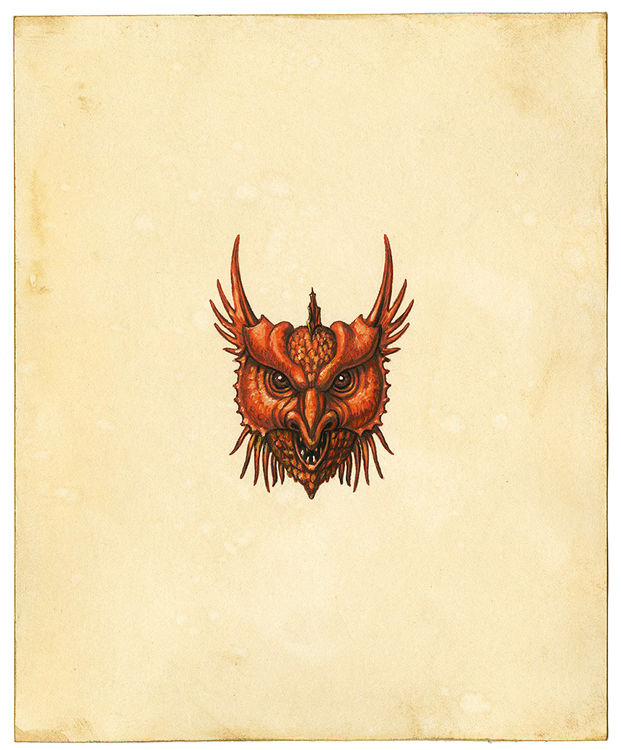
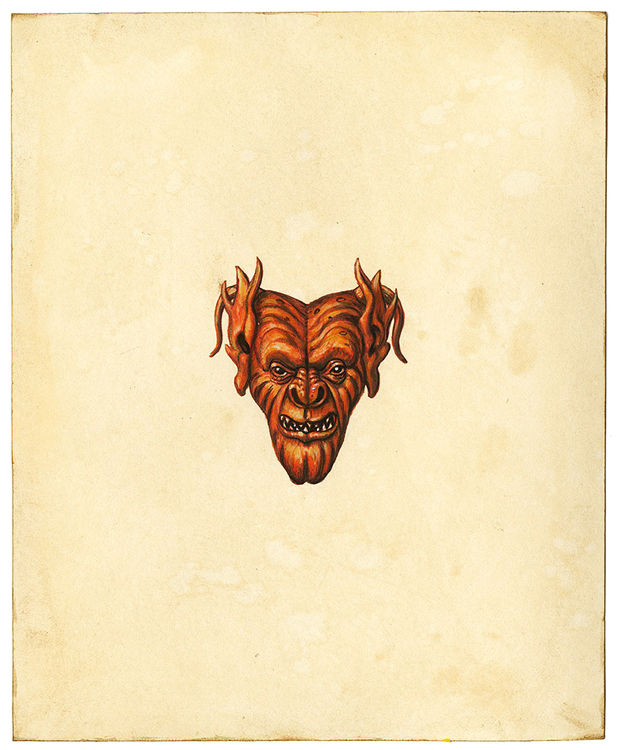

Dante’s Divine Comedy: A Graphic Adaptation is a book by Seymour Chwast published in 2010, that I have not yet read, but I’m kind of eager to.
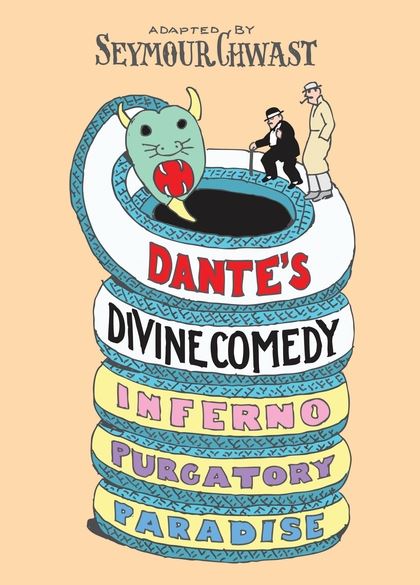
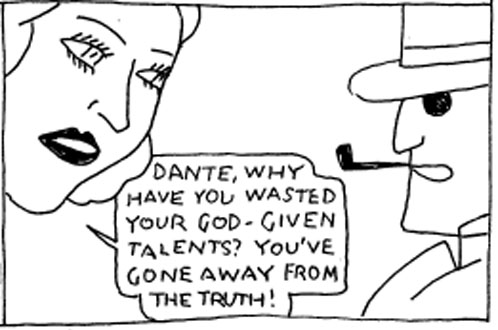
We also have this guy Daniel Brokstad who made an infography style video on the different circles of hell, certainly refreshing.
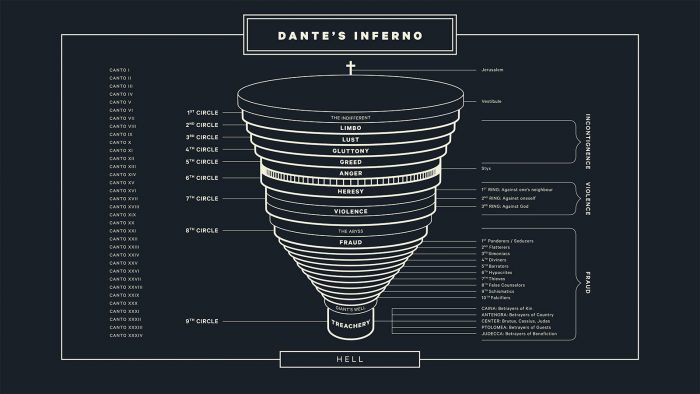
Finally, manga legend Go Nagai also wrote a book called Dante Shinkyoku, which is, you guessed it, a manga version of the Divina Commedia.
